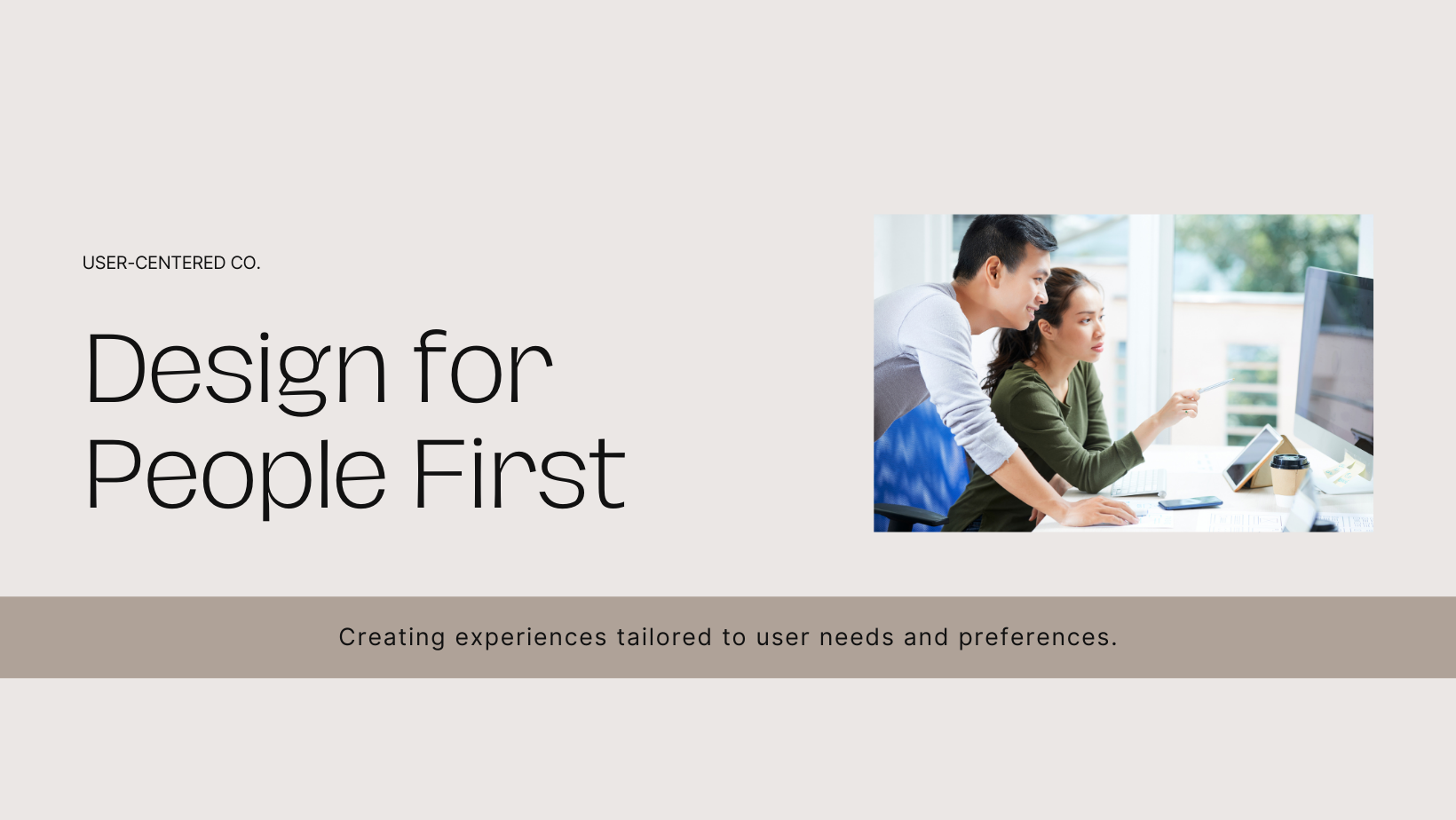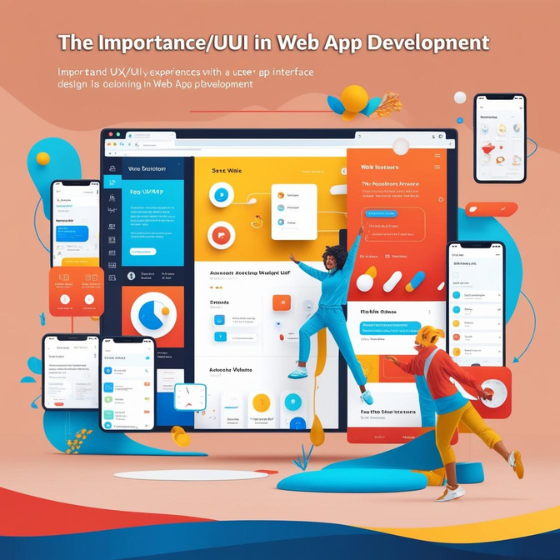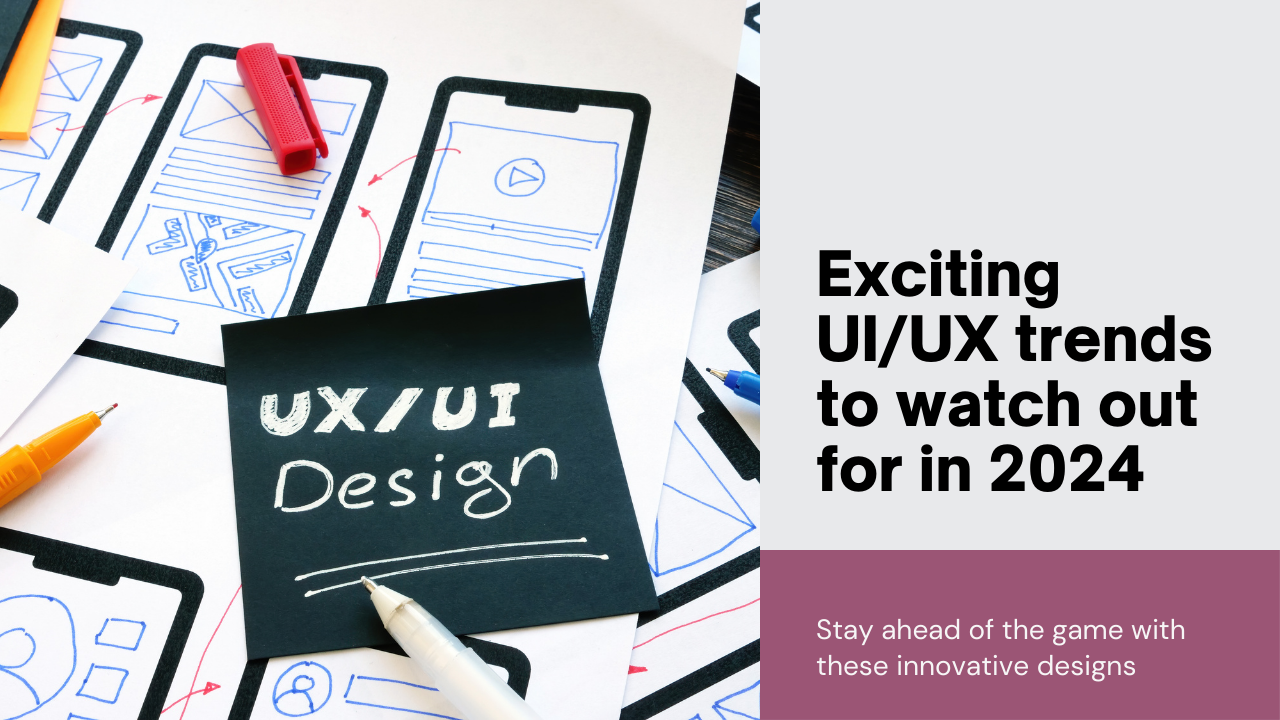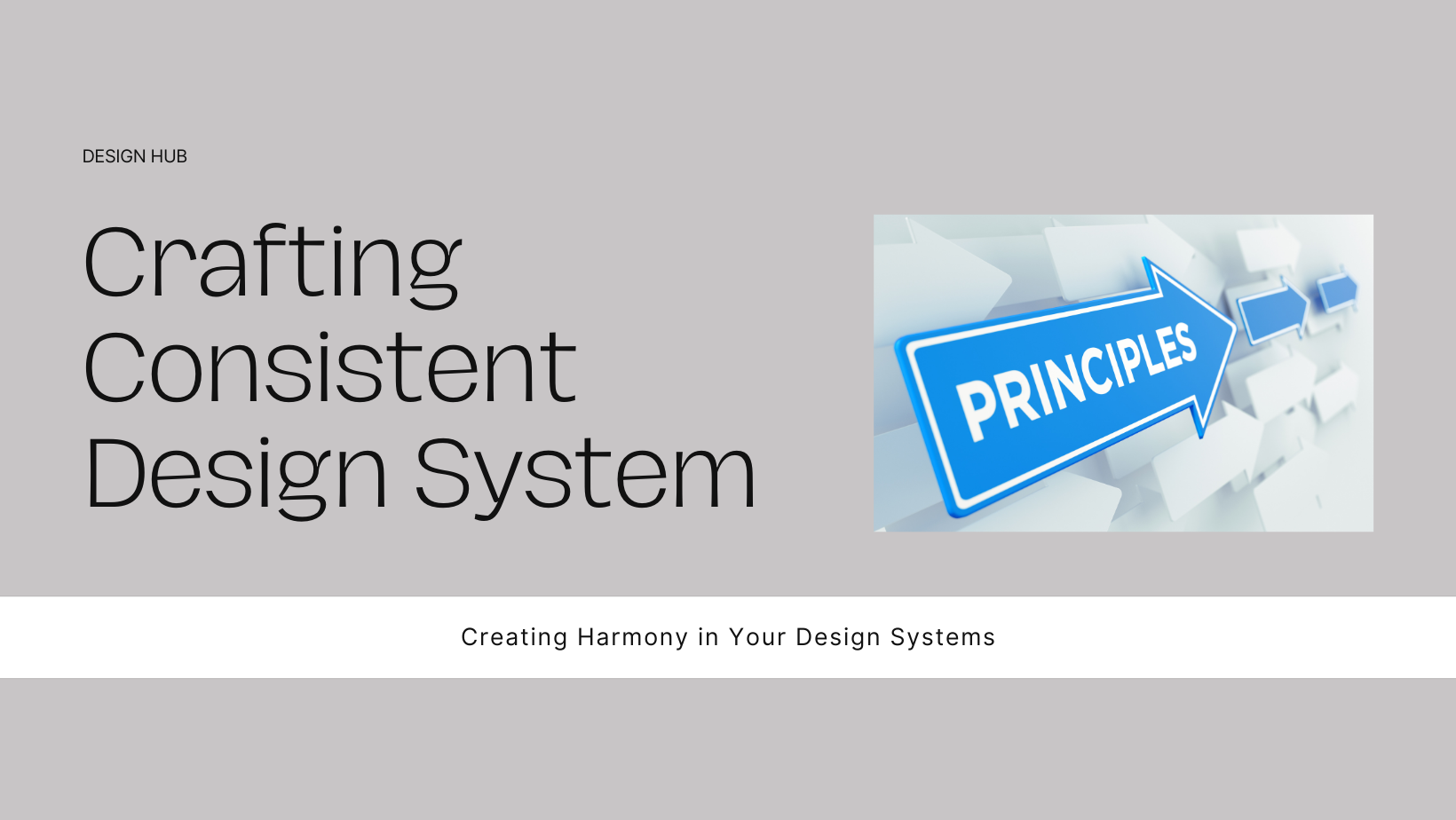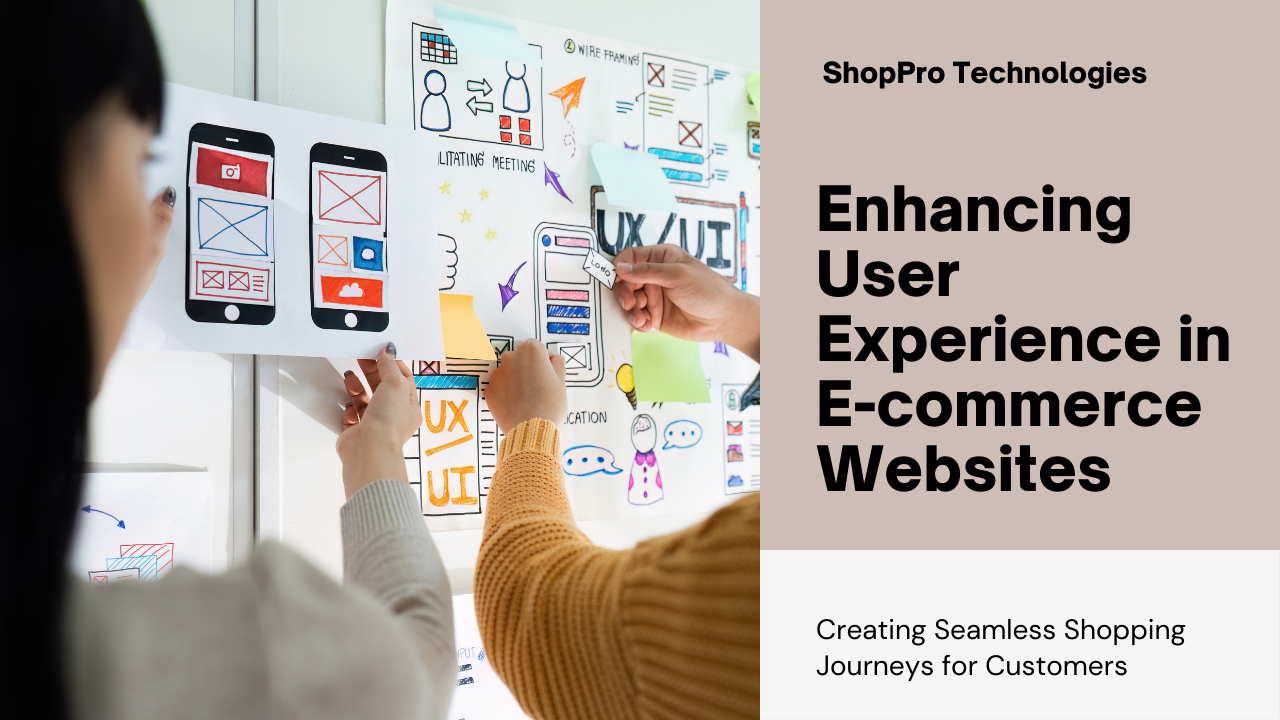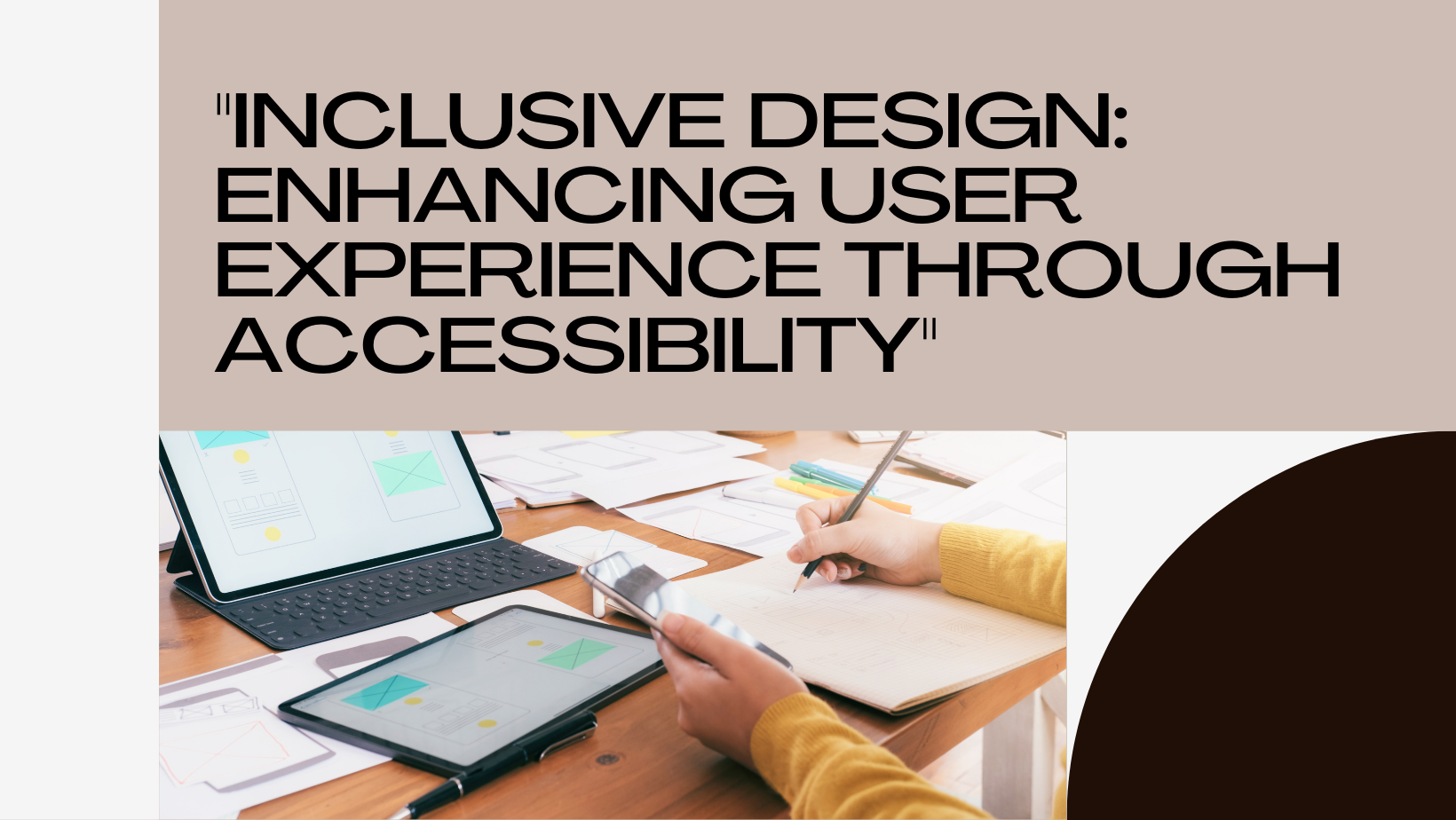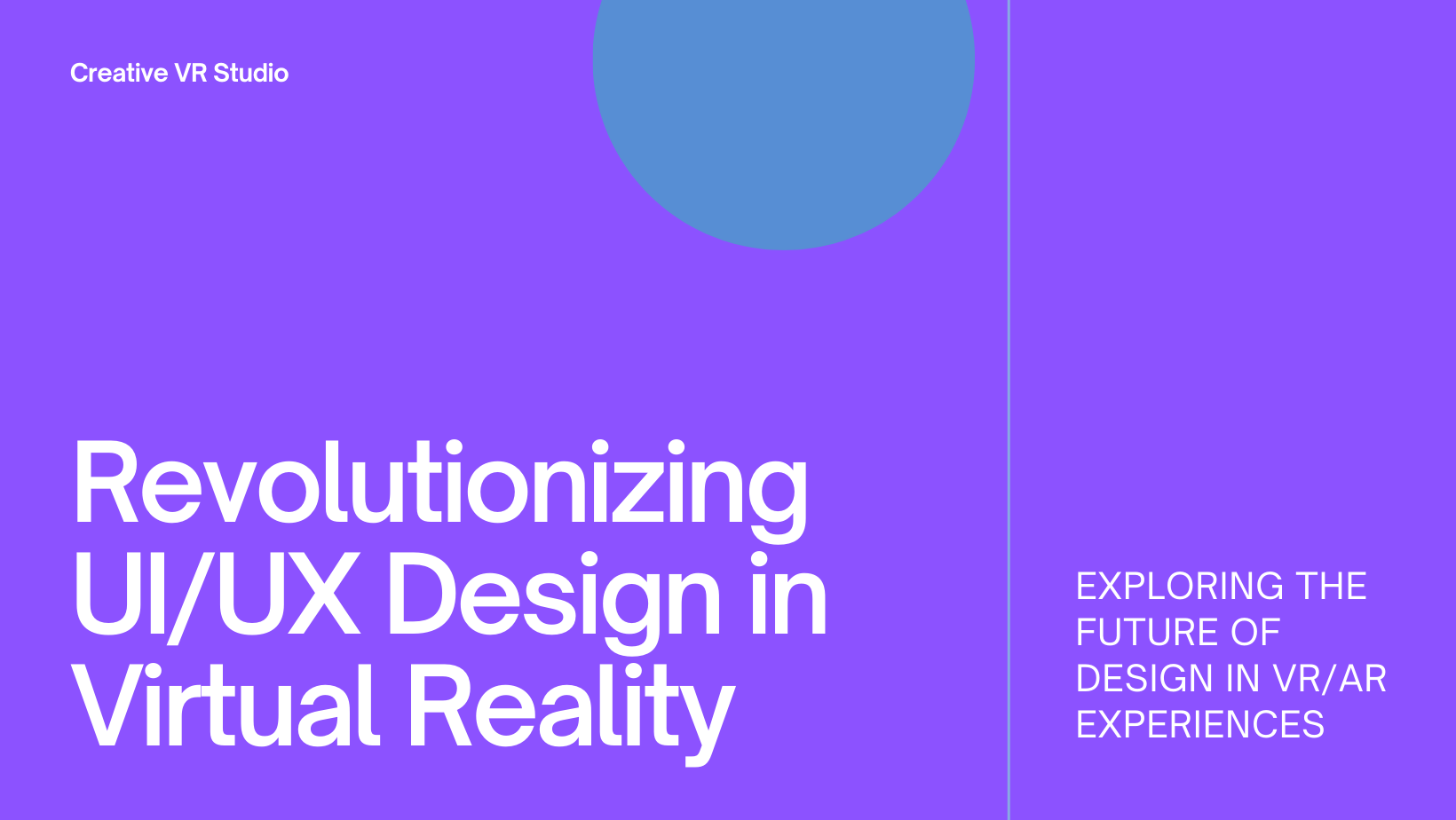In today’s competitive digital landscape, user-centered design (UCD) has emerged as a foundational principle for creating intuitive, engaging, and impactful experiences across web, mobile, and software applications. By focusing on understanding user behaviors, preferences, and pain points, businesses can align their design strategies with customer needs, enhance usability, and foster long-term user satisfaction. This blog explores the significance of user-centered design, its key principles, benefits, implementation strategies, and real-world examples that underscore its transformative impact on digital innovation and customer experience excellence.
Understanding User-Centered Design
User-centered design (UCD) is a design approach that prioritizes the end-user throughout the product development lifecycle. It involves iterative processes of research, prototyping, testing, and refinement to ensure that digital solutions meet user expectations, solve real-world problems, and deliver meaningful value. By empathizing with users, gathering insights through user research methods, and integrating feedback into design iterations, UCD aims to optimize usability, accessibility, and user satisfaction across diverse demographic groups and user personas.
Key Principles of User-Centered Design
1. User Empathy and Research
UCD begins with understanding user behaviors, goals, and pain points through qualitative and quantitative research methods, such as user interviews, surveys, usability testing, and persona development. By gaining empathy for users’ needs and contexts, designers can identify design opportunities, validate assumptions, and prioritize features that resonate with user expectations.
2. Iterative Design and Prototyping
Iterative design processes involve rapid prototyping, wireframing, and usability testing to gather early feedback, validate design concepts, and refine interface interactions. By iterating based on user insights and usability testing results, designers can identify usability issues, optimize user flows, and align design decisions with user preferences before final implementation.
3. Usability and Accessibility
UCD emphasizes designing intuitive interfaces, clear navigation structures, and accessible digital experiences that accommodate diverse user abilities, disabilities, and assistive technologies. By adhering to web accessibility standards (e.g., WCAG guidelines), designers ensure inclusive design practices, enhance usability for all users, and promote equal access to information and services.
Benefits of User-Centered Design
1. Enhanced User Satisfaction and Engagement
By prioritizing user needs and preferences, UCD enhances user satisfaction, increases engagement metrics (e.g., time on site, conversion rates), and fosters positive user experiences that build trust and loyalty toward digital products and brands.
2. Reduced Development Costs and Iteration Cycles
UCD mitigates risks of product failures and costly redesigns by validating design assumptions early in the development process. By addressing usability issues and refining user interfaces iteratively, businesses can optimize development resources, accelerate time-to-market, and deliver high-quality digital solutions that meet user expectations and business objectives.
3. Competitive Advantage and Market Differentiation
UCD enables businesses to differentiate their products and services by delivering intuitive, user-friendly experiences that stand out in competitive markets. By understanding user pain points, addressing unmet needs, and innovating based on user feedback, organizations can gain a competitive edge, attract new users, and retain loyal customers who value superior user experiences.
Implementing User-Centered Design
1. Define User Personas and User Journey Mapping
Develop user personas based on demographic data, behavioral insights, and user research findings to represent target audience segments and their distinct needs, goals, and pain points. Use user journey mapping techniques to visualize user interactions, identify touchpoints, and optimize user experiences across digital channels.
2. Conduct Usability Testing and Feedback Loops
Engage users in usability testing sessions, prototype walkthroughs, and feedback surveys to gather qualitative insights, validate design assumptions, and prioritize usability improvements. Iterate designs based on user feedback to refine user interfaces, enhance interaction design, and optimize user workflows before product launch.
3. Collaborate Across Disciplines and Stakeholders
Foster collaboration between designers, developers, product managers, and stakeholders to align design decisions with business goals, technical feasibility, and user-centered principles. Integrate user feedback into agile development workflows, prioritize feature enhancements, and iterate designs iteratively to deliver seamless user experiences that drive business value.
Real-World Examples of User-Centered Design Success
Case Study 1: Airbnb
Challenge: Airbnb aimed to enhance user trust and booking experiences on its global platform.
Solution: Implementing user-centered design principles, Airbnb conducted extensive user research, redesigned its booking interface, and introduced personalized recommendations based on user preferences and travel behaviors.
Outcome: The user-centered redesign increased booking conversions by 30%, improved user satisfaction ratings, and strengthened Airbnb’s position as a trusted global marketplace for accommodations.
Case Study 2: Slack
Challenge: Slack sought to optimize team collaboration and user productivity through its messaging platform.
Solution: Integrating user feedback, Slack iteratively redesigned its interface, introduced customizable notification settings, and enhanced integrations with third-party tools based on user workflow insights.
Outcome: The user-centered approach improved user retention rates, reduced onboarding times for new users, and positioned Slack as a market leader in team communication and collaboration tools.
Conclusion
User-centered design (UCD) is indispensable in creating intuitive, engaging, and user-friendly digital experiences that resonate with modern consumers and drive business success. By prioritizing user needs, embracing iterative design methodologies, and fostering cross-disciplinary collaboration, businesses can deliver superior UX solutions that enhance customer satisfaction, foster brand loyalty, and achieve sustainable growth in competitive markets.
Contact Sodio Technologies today to discover how our user-centered design expertise can transform your digital products, elevate user experiences, and accelerate your path to digital innovation and success.
